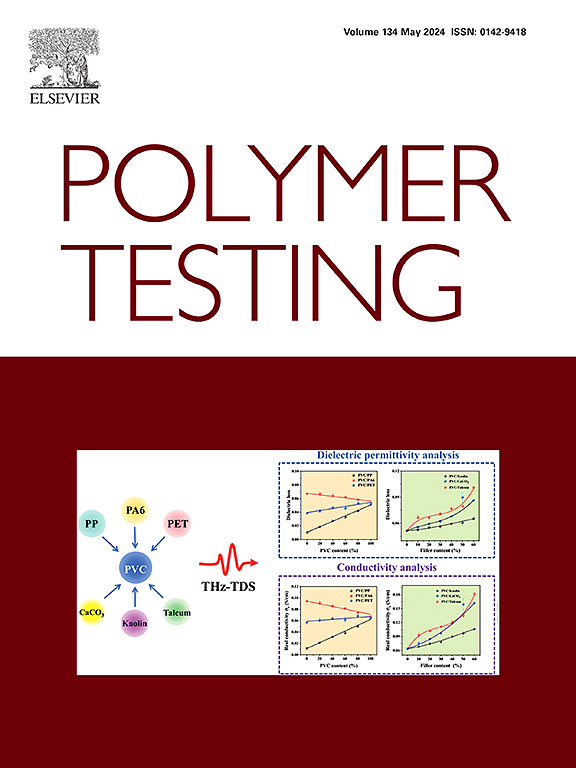High-temperature tensile mechanical behavior and ablation mechanisms of three-dimensional multi-directions braided carbon/boron-modified phenolic composites
IF 5
2区 材料科学
Q1 MATERIALS SCIENCE, CHARACTERIZATION & TESTING
引用次数: 0
Abstract
Three-dimensional (3D) braiding structures provide the solution strategy for both the high bearing capacity and low ablation of the new thermal protection systems. In this paper, two kinds of carbon/phenolic 3D braided composites, three-dimensional five-directional (3D5d) and three-dimensional six-directional (3D6d),were prepared. A combination of experimental and numerical simulations was used to reveal the Tensile damage mechanism of the materials at room (25 °C) and elevated (200 °C) temperatures. In addition, ablation tests of 3D5d and 3D6d were conducted for 30s and 60s. The results show that the high-temperature tensile mechanical behaviors and ablation mechanisms both exhibit the obvious structure effects. In detail, the tensile strength of 3D5d is 20.17 % and 17.86 % higher than those of 3D6d at room and elevated temperatures, respectively. The high-temperature tensile damage pattern of 3D5d includes shear fracture of braiding yarns, tensile fracture of fifth yarns, matrix softening and interfacial debonding. 3D6d has an additional sixth yarn tearing. Furthermore, the linear ablation rate, mass ablation rate, and crack volume fraction of 3D6d are 11.6 %, 13.9 %, 12.67 % lower than those of 3D5d after ablation for 60s. In 3D5d, ablation cracks extend along braiding yarns and fifth yarn. In contrast, 3D6d has additional cracks extending along sixth yarn.
求助全文
约1分钟内获得全文
求助全文
来源期刊

Polymer Testing
工程技术-材料科学:表征与测试
CiteScore
10.70
自引率
5.90%
发文量
328
审稿时长
44 days
期刊介绍:
Polymer Testing focuses on the testing, analysis and characterization of polymer materials, including both synthetic and natural or biobased polymers. Novel testing methods and the testing of novel polymeric materials in bulk, solution and dispersion is covered. In addition, we welcome the submission of the testing of polymeric materials for a wide range of applications and industrial products as well as nanoscale characterization.
The scope includes but is not limited to the following main topics:
Novel testing methods and Chemical analysis
• mechanical, thermal, electrical, chemical, imaging, spectroscopy, scattering and rheology
Physical properties and behaviour of novel polymer systems
• nanoscale properties, morphology, transport properties
Degradation and recycling of polymeric materials when combined with novel testing or characterization methods
• degradation, biodegradation, ageing and fire retardancy
Modelling and Simulation work will be only considered when it is linked to new or previously published experimental results.
 求助内容:
求助内容: 应助结果提醒方式:
应助结果提醒方式:


